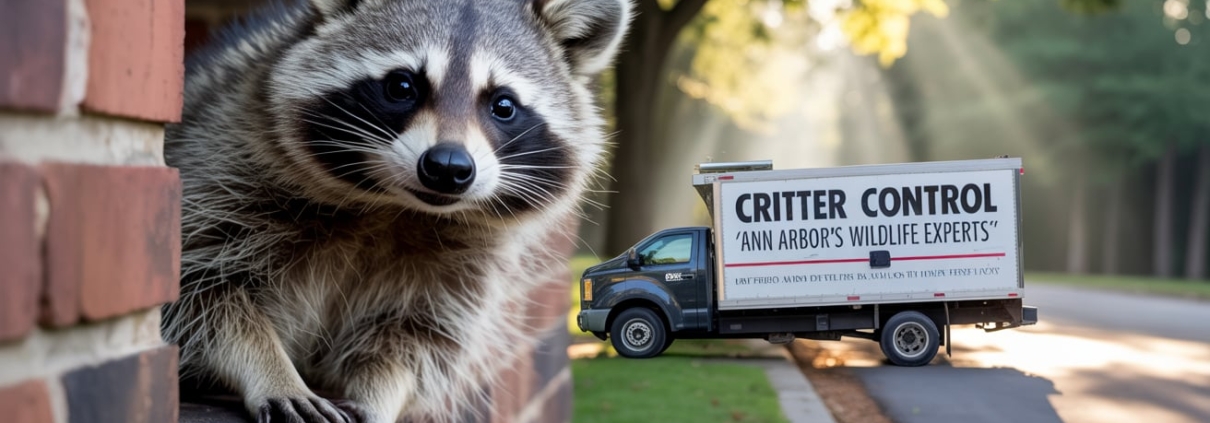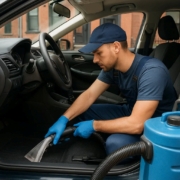What Tools Are Used For Chimney Animal Removal In Ann Arbor?
Discovering a curious raccoon or a family of birds has made your chimney their home can be both surprising and stressful. Here in Ann Arbor, many homeowners face this challenge, especially during spring or fall. But how exactly do professionals get those animals out safely without hurting them or causing chaos? Today, I’ll walk you through the common—and not so common—tools used for chimney animal removal. If you’re looking for a friendly, local expert, Ann Arbor Chimney Sweep has plenty of experience with Chimney Animal Removal.
Nets, Poles, and Gentle Persuasion
When it comes to coaxing a squirrel or bird out of a chimney, the first things that usually come out of the professional’s kit are different types of nets and extending poles. These aren’t the big fishing nets you might imagine, but more like soft, fine-mesh nets attached to telescoping sticks. The idea is to guide or gently scoop the animal without causing it stress or injury. The poles can stretch pretty far, making it possible to reach deep into the flue without anyone having to crawl in themselves.
Sometimes, a little persuasion is needed. Animal removal experts might use a gentle tap or a soft, padded brush on the end of a pole to encourage the animal to climb out on its own. This is especially helpful for baby raccoons or ducklings that might be stuck or hesitant to move. The goal is always to get them out safely and calmly, minimizing panic for both the animal and the homeowner.
Live Traps and Why They Matter
Not every animal will cooperate with nets or “please leave” tactics. That’s where live traps come into play. These are small cages, often made of wire mesh, that can be placed at the top or bottom of the chimney opening, depending on where the animal is hiding. The traps are baited with tempting snacks like fruit or peanut butter, and once the animal steps inside, the door closes gently behind it.
Live trapping is a humane way to remove animals like raccoons, squirrels, or even the occasional opossum. It’s important that these traps are checked frequently—the last thing anyone wants is a scared animal left waiting too long. Once the visitor is caught, it’s relocated to a safe area far away from your home, following local wildlife guidelines.
“Successful animal removal is never about force. It’s about patience and respect—both for the animals and the people living in the home.”
Chimney Inspection Cameras: Seeing the Unseen
Sometimes, you can hear scratching or flapping inside your chimney but have no idea where the animal is hiding. This is when chimney inspection cameras become invaluable. These are small, flexible cameras attached to long cords that can snake down the chimney. The live video feed helps pinpoint exactly where the animal is, what kind it is, and how best to get it out.
The camera doesn’t just help find animals—it also shows if there’s a nest, babies, or even damage that needs repairing. This way, nothing is left to guesswork, and the removal process goes smoothly. Plus, homeowners often find it fascinating (and a little unbelievable) to see real-time footage of what’s happening inside their own chimney!
Sealing the Deal: Chimney Caps and One-Way Doors
Getting the animal out is just step one—the next critical task is making sure it doesn’t come back. For this, chimney professionals often recommend installing a chimney cap. These sturdy covers fit over the top of the chimney, blocking animals, leaves, and rain. Some caps have mesh screens to keep out even the tiniest birds or bats.
In cases where animals are still inside, a clever tool called a “one-way door” is sometimes used. This device lets animals exit the chimney but blocks them from re-entering. It’s an effective, humane way to evict persistent guests without trapping them inside.
| Tool | Purpose | Pro Tip |
|---|---|---|
| Extendable Net | Gently catch or guide animals out | Always use soft mesh to avoid injury |
| Live Trap Cage | Humanely capture stubborn critters | Check traps every few hours |
| Inspection Camera | Locate animals and nests inside flue | Double-check for babies before removal |
| One-Way Door | Allow animals out, block re-entry | Perfect for squirrels and raccoons |
| Chimney Cap | Prevents future animal entry | Install after removal to avoid repeats |
Frequently Asked Questions
Q: What kinds of animals usually get stuck in Ann Arbor chimneys?
A: Mostly raccoons, squirrels, starlings, and the occasional duck or bat. Sometimes, entire families can end up inside, especially in spring.
Q: Are animals harmed during removal?
A: No, professionals use gentle tools and techniques to get animals out safely, then relocate them following local wildlife rules.
Q: Do I need to clean my chimney after animals have been there?
A: Absolutely. Animals and nests can leave behind messes and even cause blockages or fire hazards. Get a thorough cleaning after removal.
Q: How do I stop animals from getting in again?
A: The best way is to install a chimney cap with a mesh screen. It keeps critters out while letting smoke escape.
Conclusion
Dealing with unexpected guests in your chimney doesn’t have to be overwhelming. With the right mix of nets, cameras, live traps, and preventive tools like caps and one-way doors, professionals can handle almost any situation smoothly and humanely. If you’re hearing odd noises or suspect you have a furry or feathered visitor, don’t try to tackle it alone—call in the experts. With help from the team at Ann Arbor Chimney Sweep, your Chimney Animal Removal will be safe, quick, and worry-free.
Read More : Ann Arbor Chimney Sweep










Leave a Reply
Want to join the discussion?Feel free to contribute!